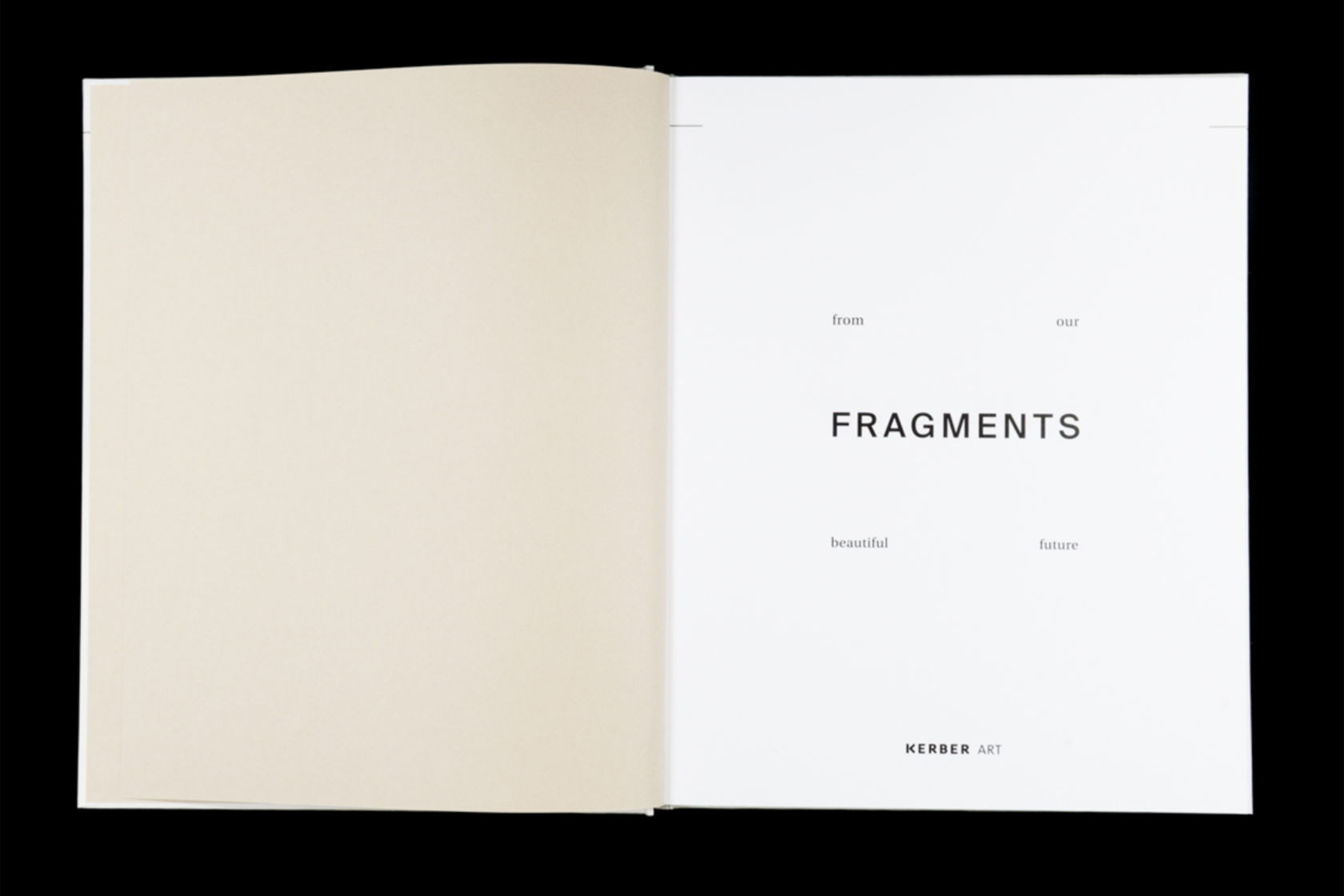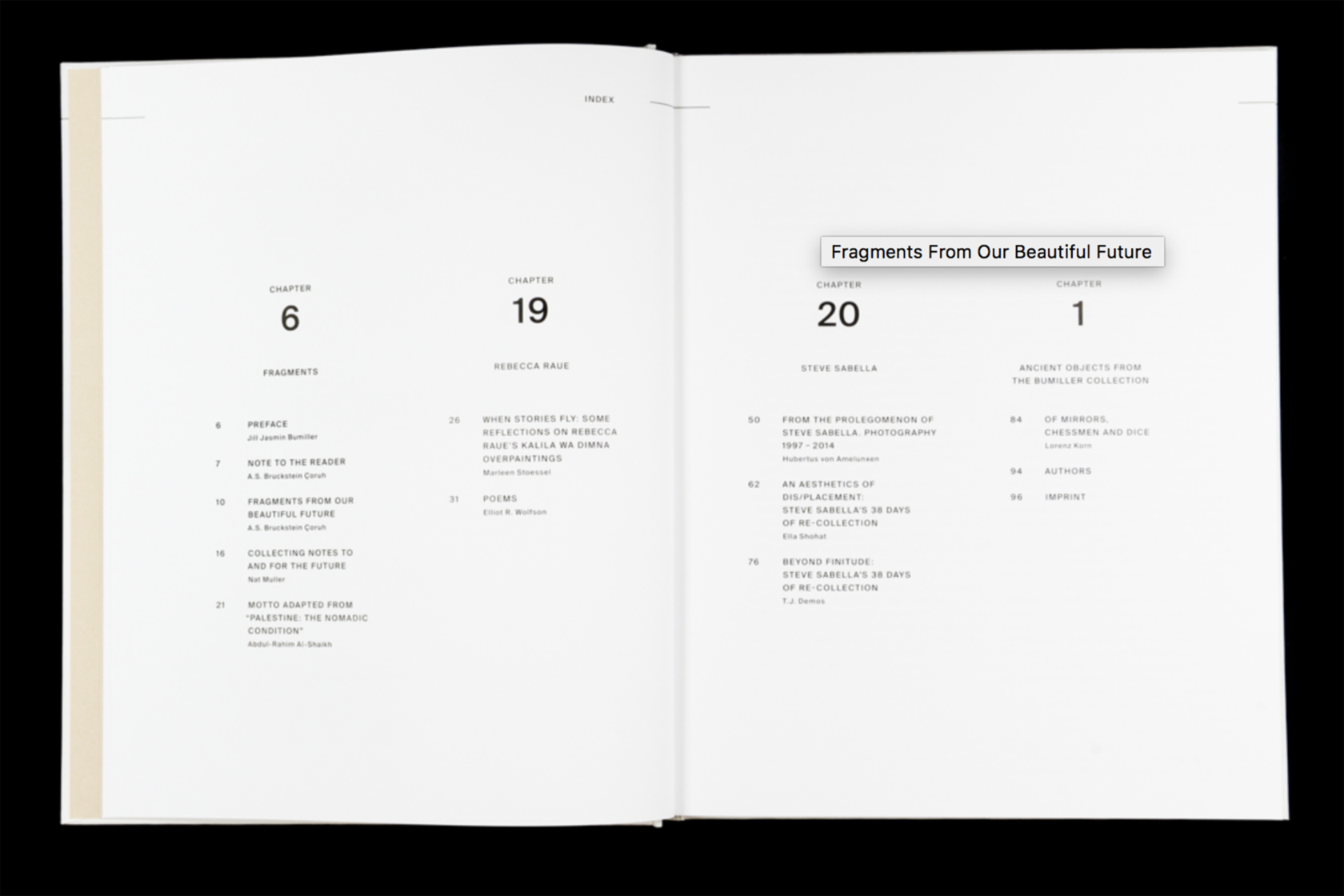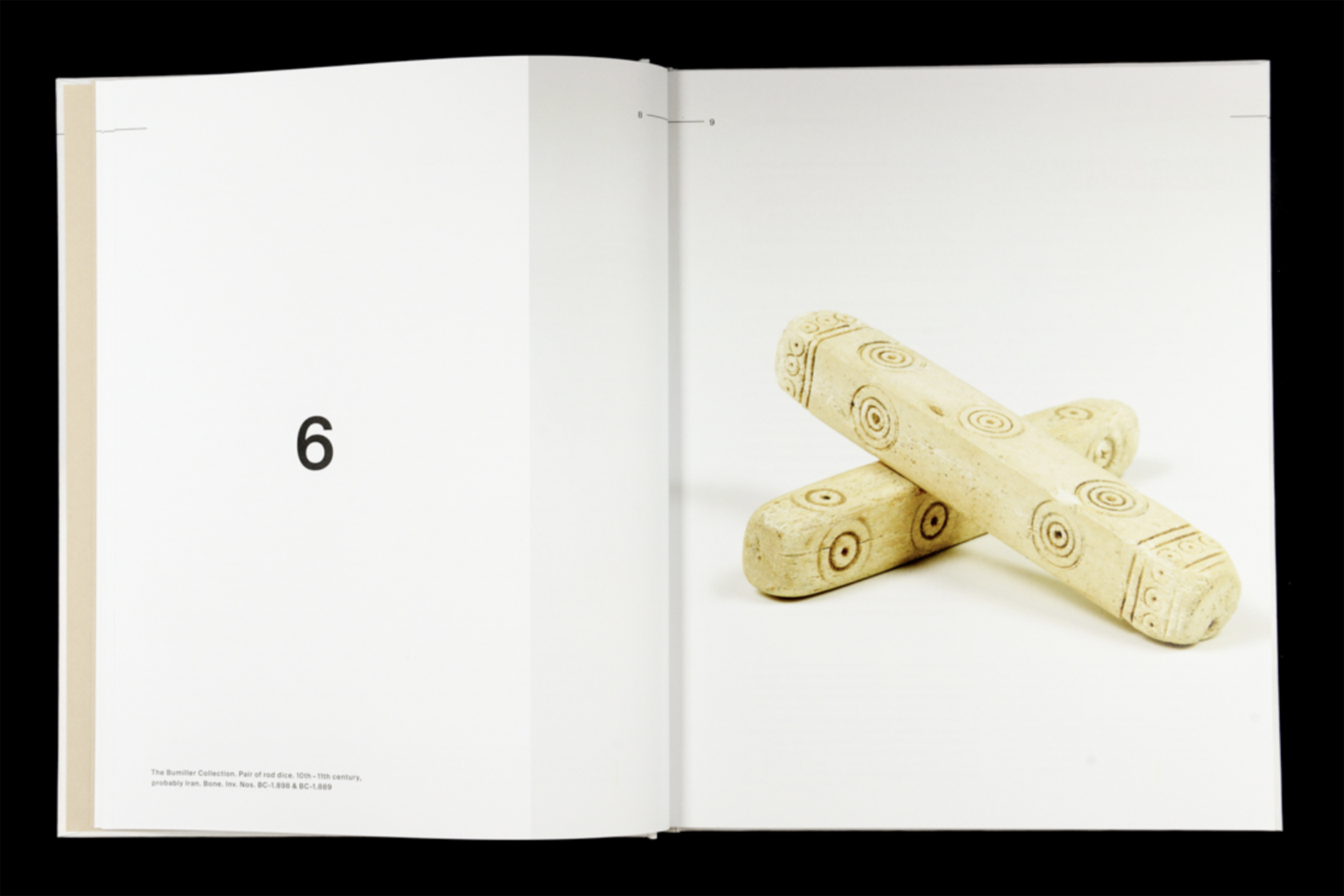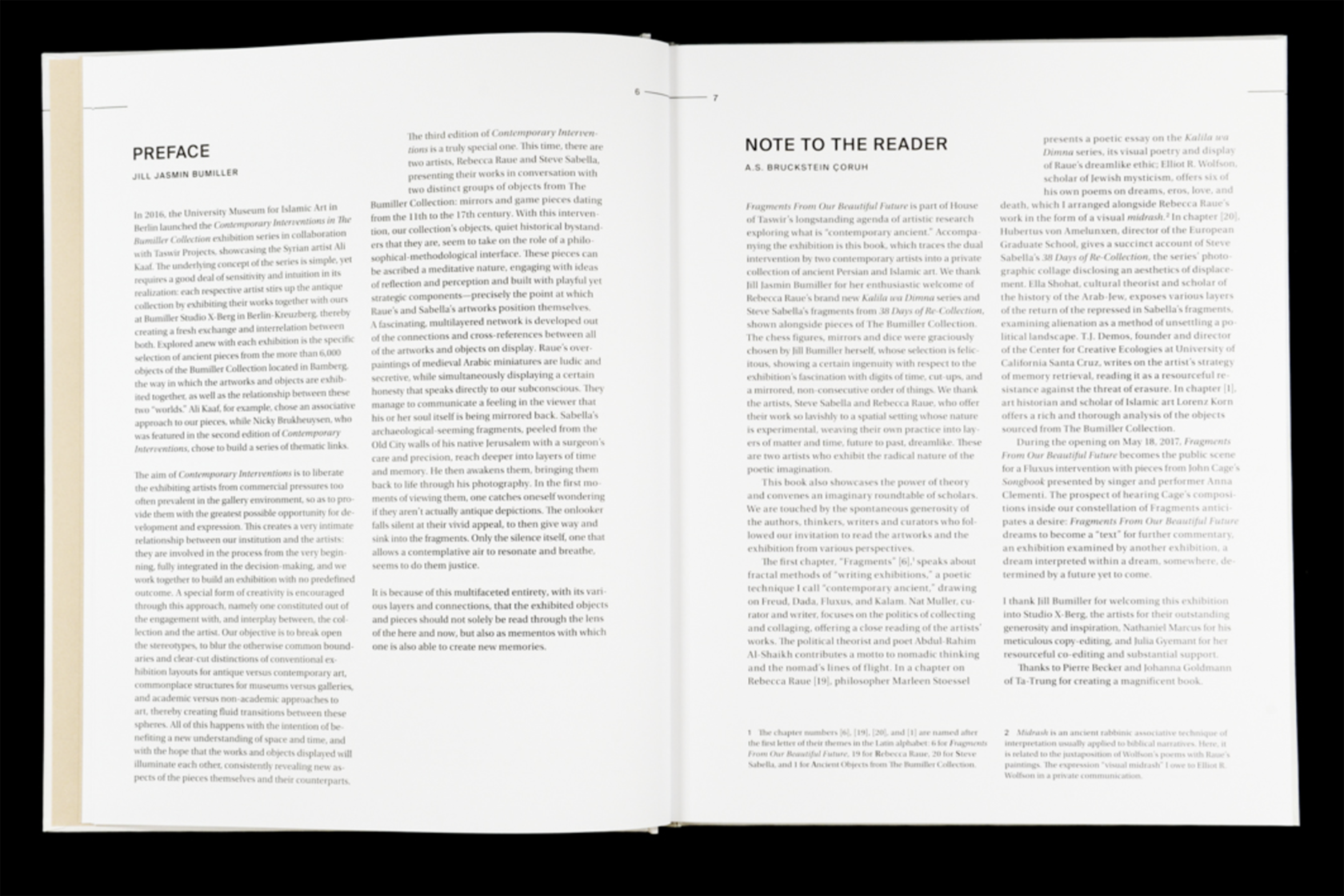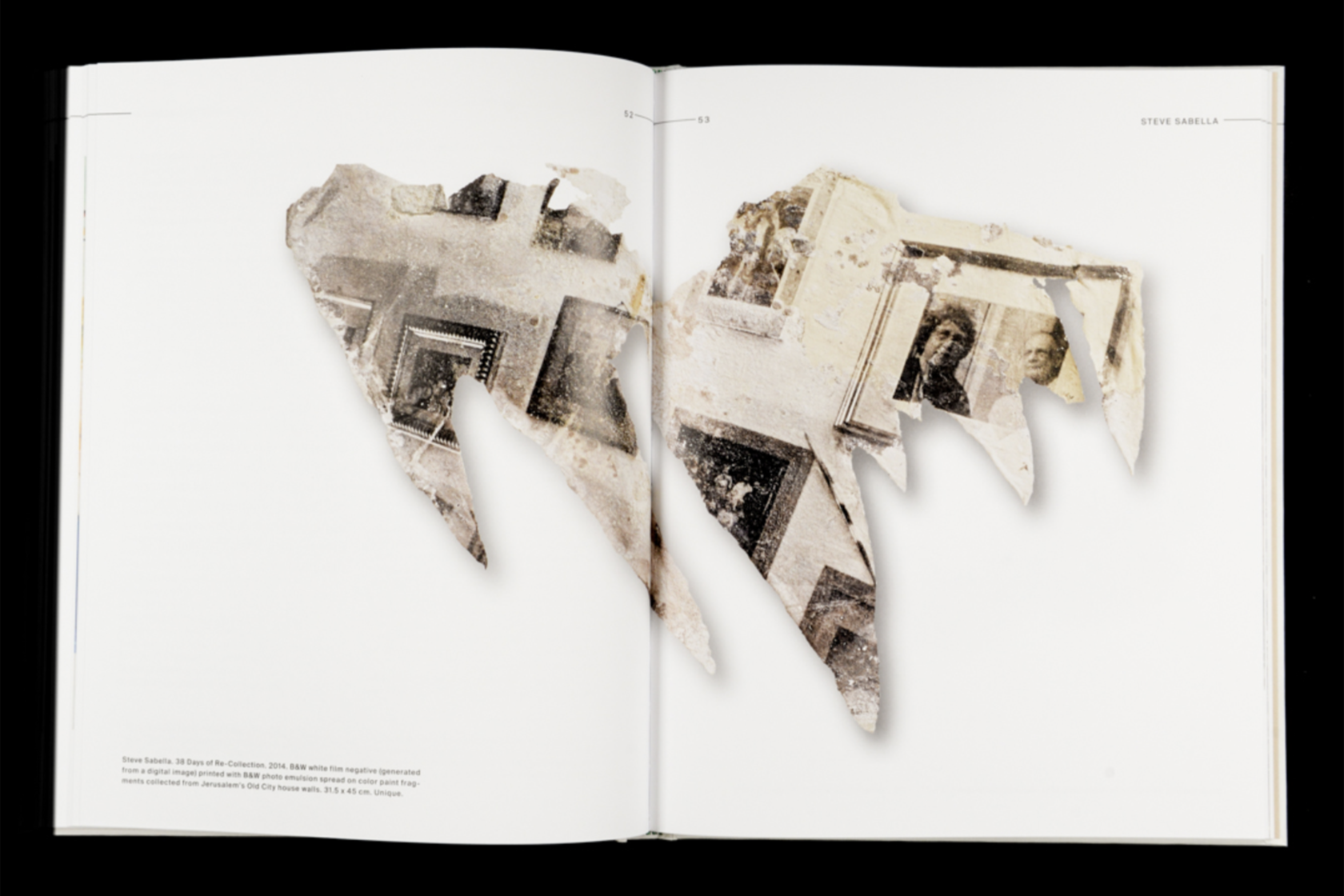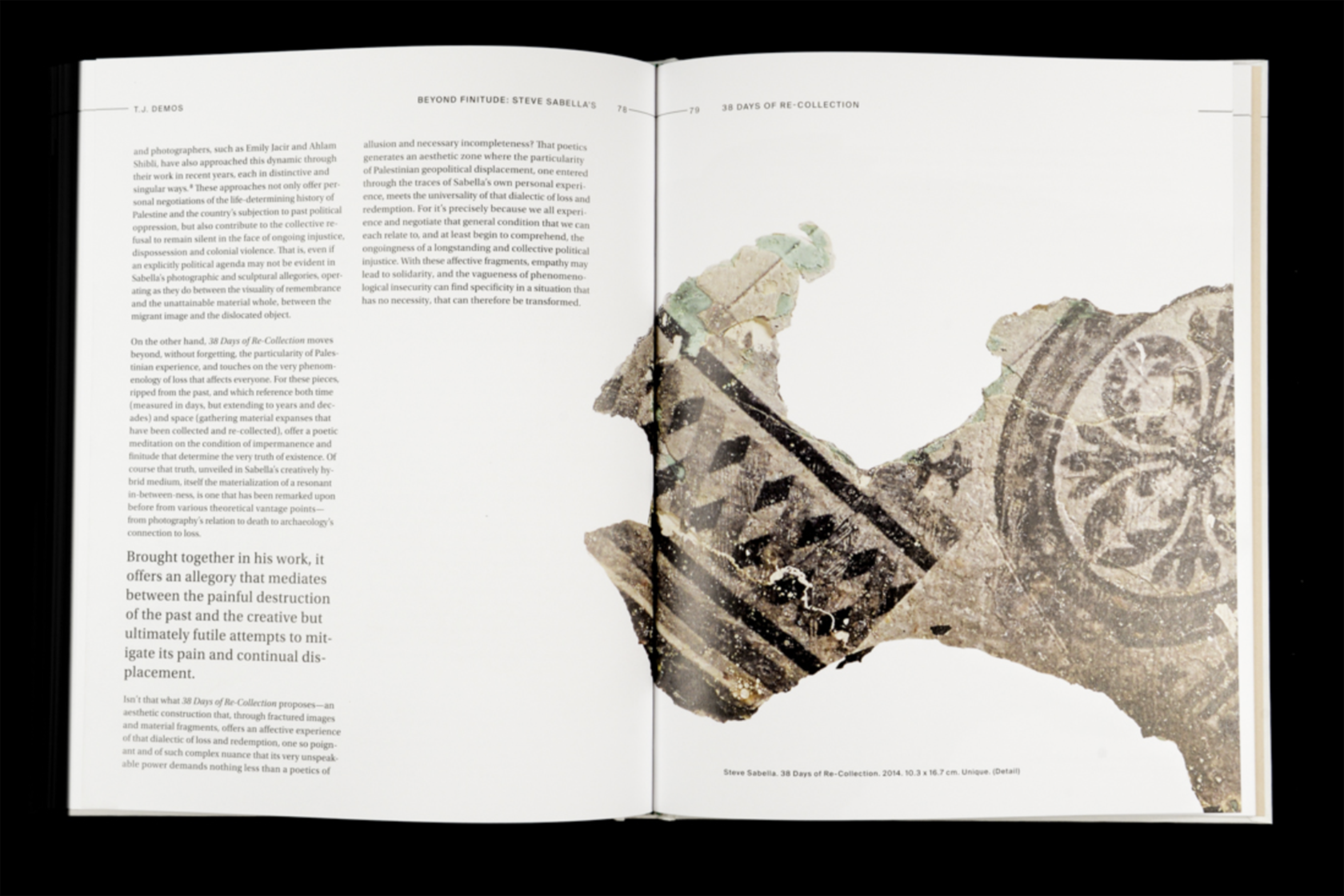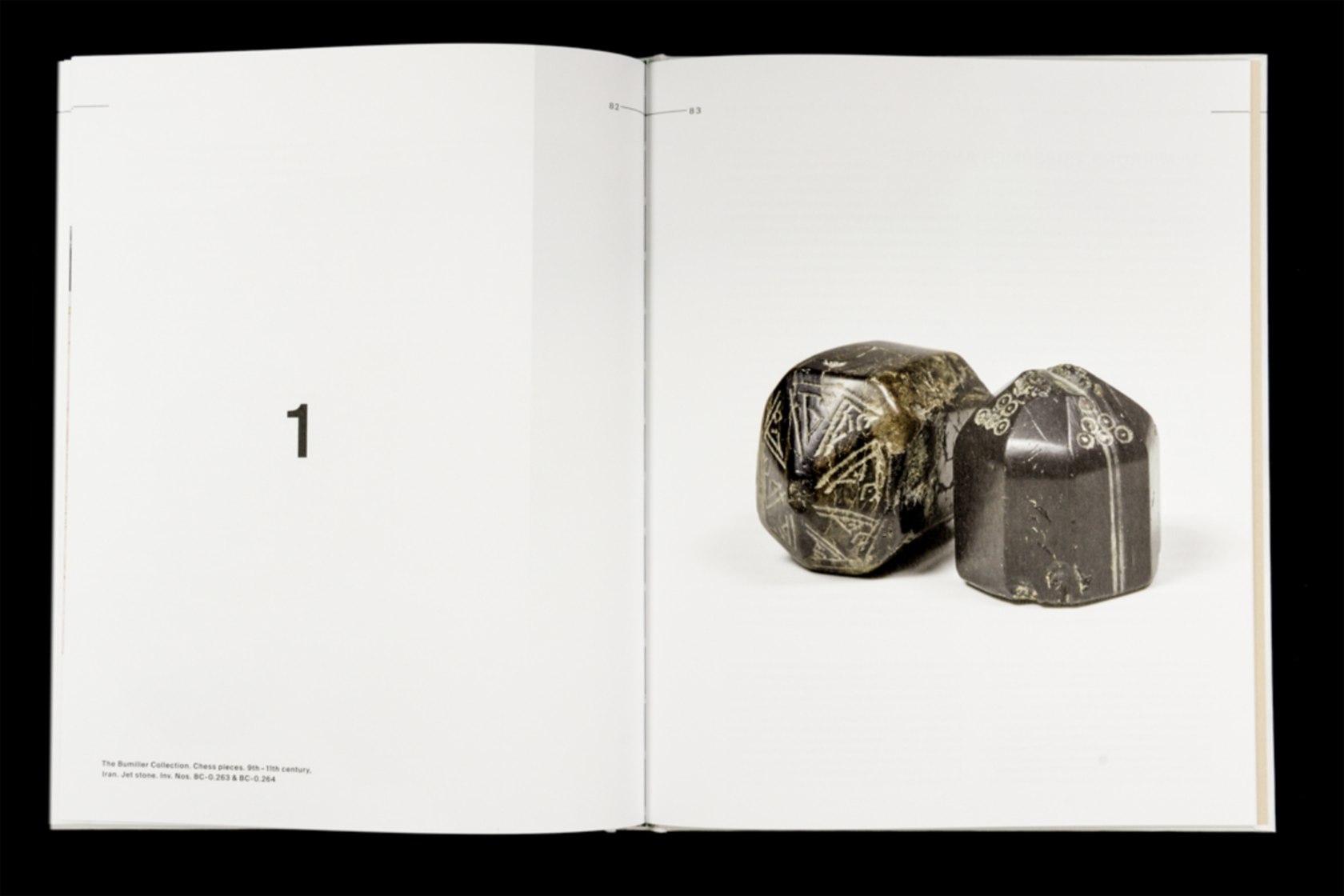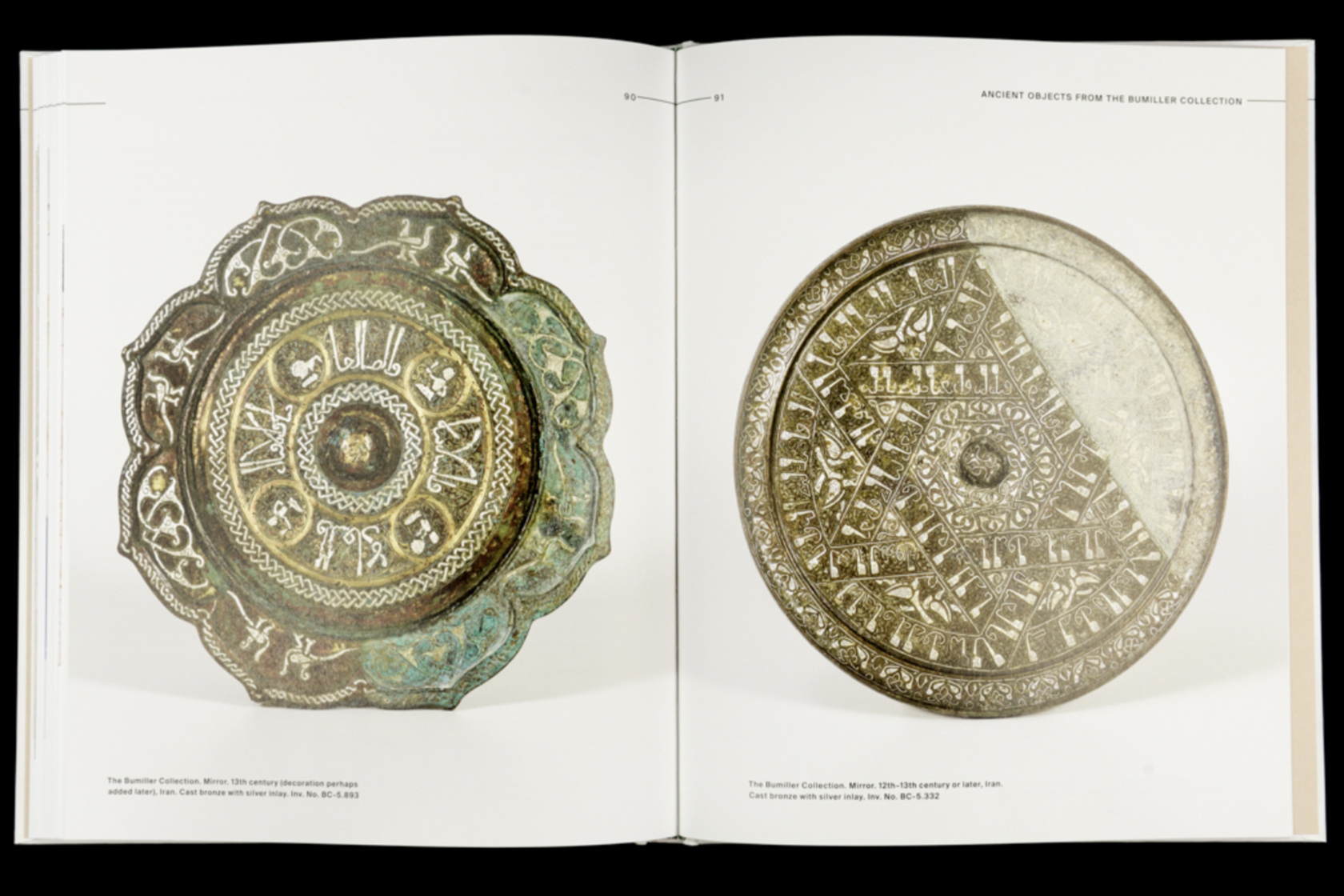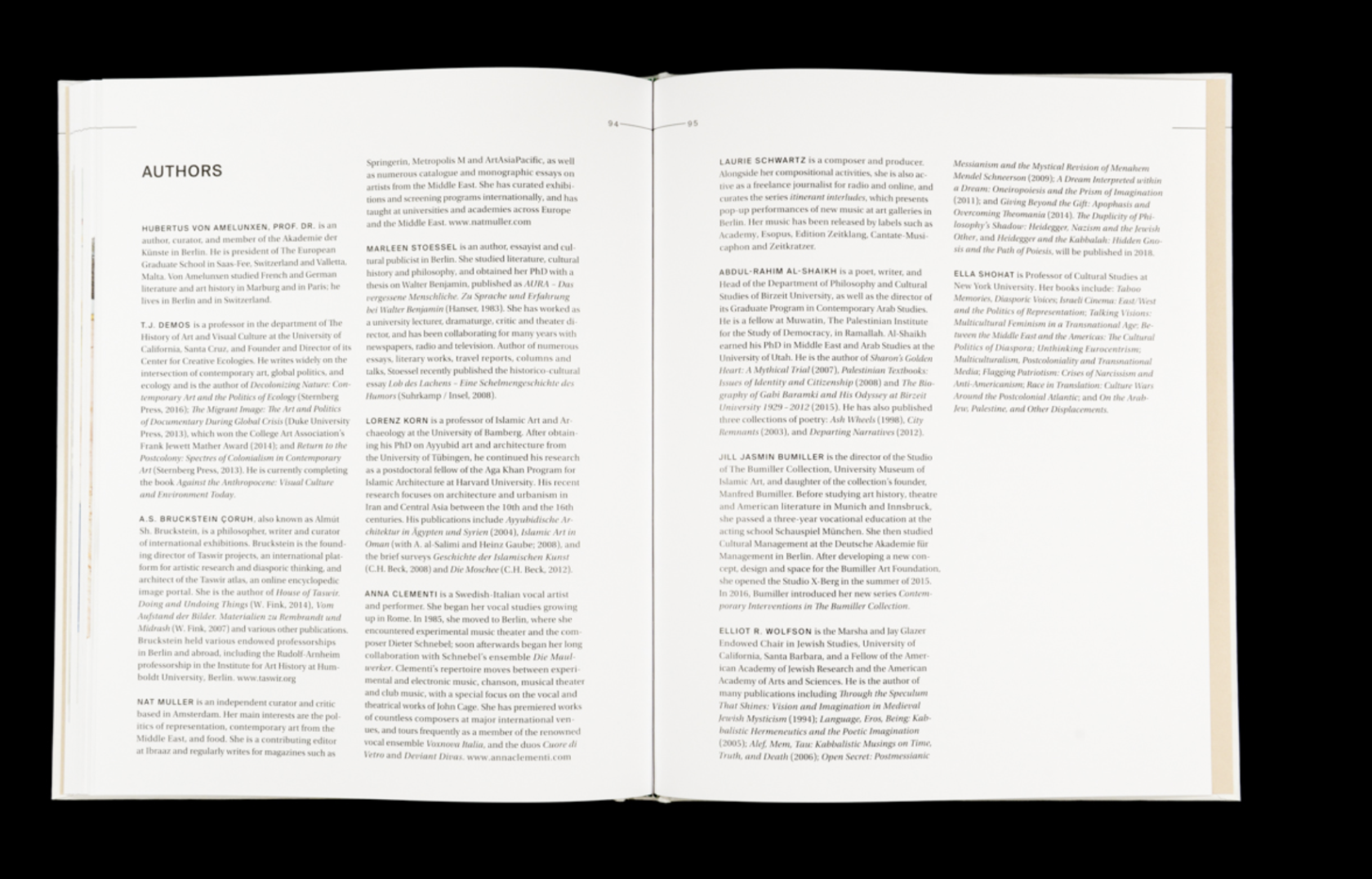Fragments from our Beautiful Future
Published by Kerber Verlag, 2017
The book accompanies Steve Sabella’s dual-solo exhibition ‘Fragments from our Beautiful Future’ at The Bumiller Collection, Berlin.
The exhibition was conceived by A.S Bruckstein of House of Taswir
Beyond Finitude: Steve Sabella’s 38 Days of Re-Collection
Fragments from our Beautiful Future
By T.J. Demos
May 18, 2017
But of course the images also make apparent the violence of loss, manifested in material, aesthetic, and phenomenological terms. What we have here are allegories of appearance and disappearance, a cycle that translates the pain of loss into the memory of possession, the trauma of fragmentation into the relief of completion, and vice versa.
An Aesthetics of Dis/Placement: Steve Sabella’s 38 Days of Re-Collection
Fragments from our Beautiful Future
By Ella Shohat
May 18, 2017
Here the map becomes a signifier without a referent, a simulacrum of simulacra, a token of powerlessness and the arbitrary nature of maps. In a kind of premonition about the overpowering force of maps, the scraped fragment evokes both roots and routes… A rich intersectional past of Jerusalem, with its shared aesthetic of house and home by neighbors belonging to various religious and ethnic communities, is conjured up through Sabella’s fragments. Within a multi-chronotopic perspective, the series takes the viewer on an imaginary return to a disappeared time and place. But by actively joining fragments from different houses, the artwork remixes the old fragments into new neighboring aesthetic units. From the remains, new possibilities are composed. Perhaps only through such acts of vivid recollection of places/times, of “plurilog,” can a reimagined conviviality be pieced together anew.
Full essay can be found in the book, available to purchase here
From the Proelegomenon of Steve Sabella: Photography 1997 – 2014
Fragments from our Beautiful Future
By Hubertus Von Amelunxen
May 18, 2017
They look ghostly; are the absence of presence and the presence of absence, and it is hard to decide which place or time they belong to… These are splinters of time, splinters of existence, and in their fragile materiality they carry within them proximity and distance, at one and the same time.
Full essay can be found in the book, available to purchase here
Collecting Notes to and for the Future
Fragments from our Beautiful Future
By Nat Muller
May 18, 2017
Moreover, focusing on the house’s contents rather than its outward facade suggests that we as viewers become privy to that which is usually kept from sight, is untold and unseen. Palestinian grief and loss haunts these occupied houses. Subtly Sabella unearths this. His strategy is a paradoxical one though, and in its own terms, one of displacement… Though this is a defiant gesture against erasure, it also shows the difficulty of Palestinian memory being preserved at the locus delicti. Sabella has to first transform these shards of wall into objects of the past and undo them from their current ontology as functioning walls. In fact, by peeling the plaster off the wall, he cuts short their timeline. No longer do they stand witness to history; now they have become history. It is a reversed archaeology of sorts.
Full essay can be found in the book, available to purchase here
Fragments from our Beautiful Future
Fragments from our Beautiful Future
By Almút Sh. Bruckstein
May 18, 2017
Steve Sabella’s 38 Days of Re-Collection is comprised of black-and-white photographs imprinted upon colored shards of paint. Peeled from the walls of houses in the Old City of Jerusalem, including the house in which Sabella was born, the fragments present a unique archive of personal memory and displacement. What appears to be findings from an archaeological dig are in essence pieces of filmic illusion: we see interiors, kitchen utensils, domestic galleries of family portraits, toys and other personal items from an Israeli household residing in an early-20th-century Arab house. The original owners escaped in 1948 with their belongings seized and their estate occupied by the State. Sabella‘s photographic fragments, shards of a mural, contain detailed patterns, shadows of floor tiles typical for the elaborate architecture of the “Arab house”—in doing so, the series claims the artist‘s own “law of return.” Steve Sabella‘s pieces of the Old City quite physically inscribe the occupation into his own body, while at the same time mending what has been painfully rent apart.
Full essay can be found in the book, available to purchase here
Preface
Fragments from our Beautiful Future Introduction
By Jill Bumiller
May 18, 2017
Sabella’s archaeological-seeming fragments, peeled from the Old City walls of his native Jerusalem with a surgeon‘s care and precision, reach deeper into layers of time and memory. He then awakens them, bringing them back to life through his photography. In the first moments of viewing them, one catches oneself wondering if they aren’t actually antique depictions. The onlooker falls silent at their vivid appeal, to then give way and sink into the fragments. Only the silence itself, one that allows a contemplative air to resonate and breathe, seems to do them justice.
Full essay can be found in the book available to purchase here

